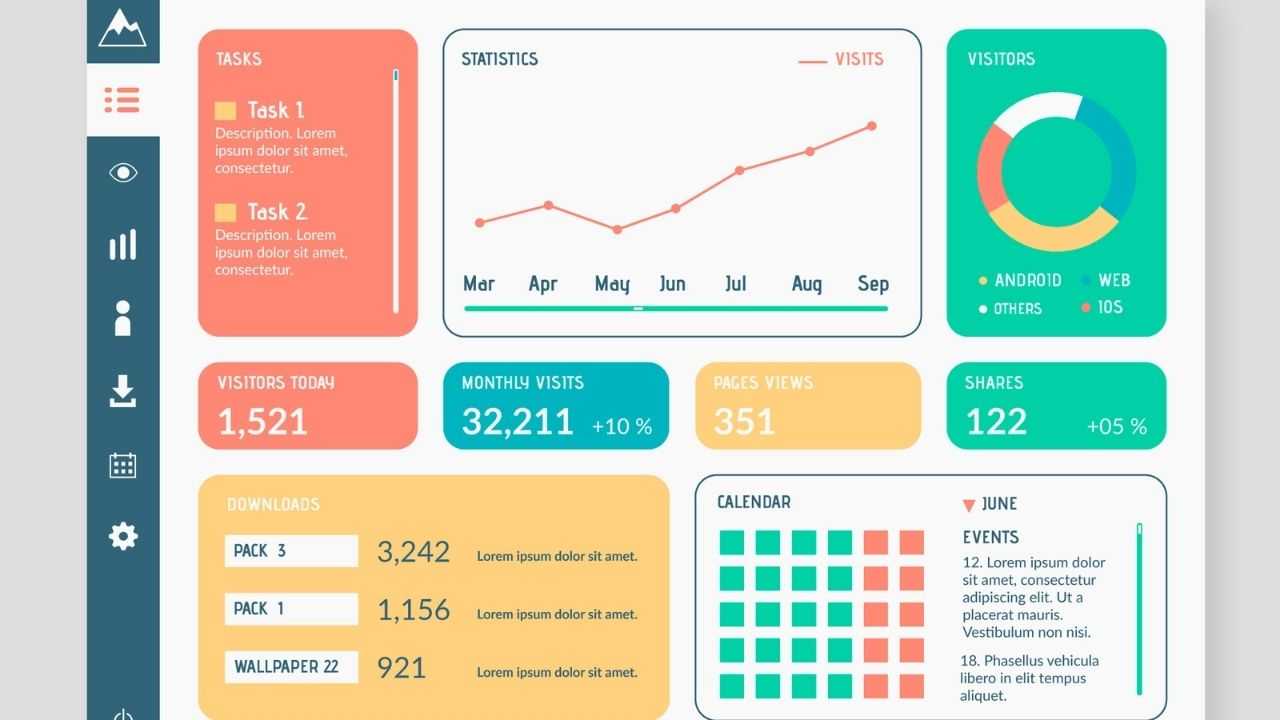SAP Lumira Designer

SAP Lumira Designer is an analysis tool for exploring business data through innovative visualization. Lumira is for business analysts and power business users who want to do deep-dive into their data coupled with sophisticated analysis.
With SAP Lumira, you increase the understanding and use of your data, discover hidden patterns in information, and make better business decisions.
Key features of SAP Lumira include:
a) Quickly build stunning visualizations with just a few clicks;
b) Visualize large volumes of data without having to sacrifice performance, security, or scale;
c) Maximize data knowledge and drive immediate outcomes across the enterprise.
With SAP Lumira, you can acquire, manipulate, and visualize any data source. You can combine multiple data sets in the same view or leverage your BI platform for trust and scale. Lumira heps to visualize any amount of data in real time in a few simple steps. With a fluid drag and drop interface, users can quickly create stunning visualizations and discover hidden insights.
Explore the possibilities of data by building storyboards and infographics and become a storyteller. Lumira allows you to share insights across the entire organization by publishing data sets and visualizations in the cloud.
With this SAP Lumira training by Uplatz you will learn:
a) How to extend the power of data and make better business decisions,
b) Understand the role of Designer in the overall SAP BI portfolio,
c) Create Interactive executive dashboards and BI applications,
d) Serve business needs effectively with deeper exposure and training in Lumira's features and functionalities.
---------------------------------------------------------------------------
SAP Lumira Designer
SAP Lumira Discovery
- Positioning and Overview of SAP Lumira Discovery
- Navigating the BI Launchpad
- Acquiring Data
- Enrich the Dataset
- Create a Story
- Create Visualizations
- Export Options
- Using the Lumira Discovery Formula Editor
- Additional Data Sources
- Working with Multiple Datasets
SAP Lumira 2.1 Designer
- Positioning and Architecture
- Describing the positioning of SAP Lumira
- Describing the architecture of SAP Lumira, Designer Edition
- Creating an Application
- Understanding and Using the Format LUMX
- Creating an Application with Online Data Access
- Using a Data Source with Data Acquisition
- Creating a Basic Application
- Using Filter Components
- Using Data Bound Component Properties
- Using Scorecards
- Using Structural Elements for Design
- Creating the Simple Map Component Presentation
- Using Composites
- Describing Interoperability Between BI Clients
- Defining Layouts and Formats
- Using Standard and Custom Templates
- Working with Themes, CSS Formatting, and the Embedded CSS Editor
- Using Conditional Formatting Setting Components
- Advanced Design Techniques
- Describing the Script Editor
- Defining the Navigation Behavior of Basic Components by Scripting
- Defining Local Variables in Script Functions
- Using Metadata and Single Values in Documents
- Using Global Variables for Scripting
- Using Keyboard Shortcuts
- Outlining Export Scenarios
- Using Action Sheets
- Describing Commentary Functionality
- Optimizing Applications on Mobile Devices
- Accessing Application on Mobile Devices
- Using the Adaptive Layout Container
- Using Movable Components
- Optimizing Components for Mobile Devices
SAP Lumira Advanced
- Creating geo maps
- Geo maps basics
- Understanding and creating GeoJSON files
- Geo maps scripting
- Composites
- Using composites
- Creating composites
- Using the result set in the script
- Looping over the result set in the script
- Dynamic creation of components
- Creating components within scripting
- Creating property binding within scripting
- Advanced application design techniques
- Creating generic applications
- Using the new bookmarking concept
- Understanding and using the commentary framework
- Understanding and using scheduling of documents
- Performance Optimization
- Basic performance topics
- Performance recommendations for application designers
- Details for parallel processing scenarios
Performance recommendations for administrators
---------------------------------------------------------------------------








